Buying a young fruit tree can be exciting initially. You might wonder if you can buy a fruit tree that already produces fruit to save you years of waiting. Don't worry! We have done the research to provide you with all the information you need to know about buying fruit trees.
You can buy fruit trees that are already producing fruit. Mature fruit trees around 5-15 years old can be bought online or on-site at farms where fruit trees that have already reached their fruit-bearing age are maintained to be sold.
Buying fruit trees already in their fruit-bearing age can be enjoyable, especially if you do not want to spend a long time caring for them without reaping any benefits. Continue reading as we discuss buying mature fruit trees and some recommendations you can take to care for one properly.

Can You Buy Mature Fruit Trees?

It's fairly common for fruit trees to be brought in their maiden stage, which is the stage where they are no thicker than a finger, ranging from three to six feet long. However, depending on the species of fruit tree that you brought, the wait can last for at least five years before you can see any semblance of a fruit.
Sometimes, especially for homeowners who planned an abundant fruit tree into the design of their home orchard, it is easier to just buy the tree that is already bearing fruit.
You can buy shop for fruit trees in their fruit-bearing age in online stores of orchard farms, or you can travel to one and personally see the tree yourself before purchasing it.
Make sure to buy fruit trees from orchard farms that will guarantee you a pruned and trained tree so that can adapt to a smaller home orchard while maintaining their capacity to bear fruits.
Why Should I Buy A Pruned Fruit Tree?
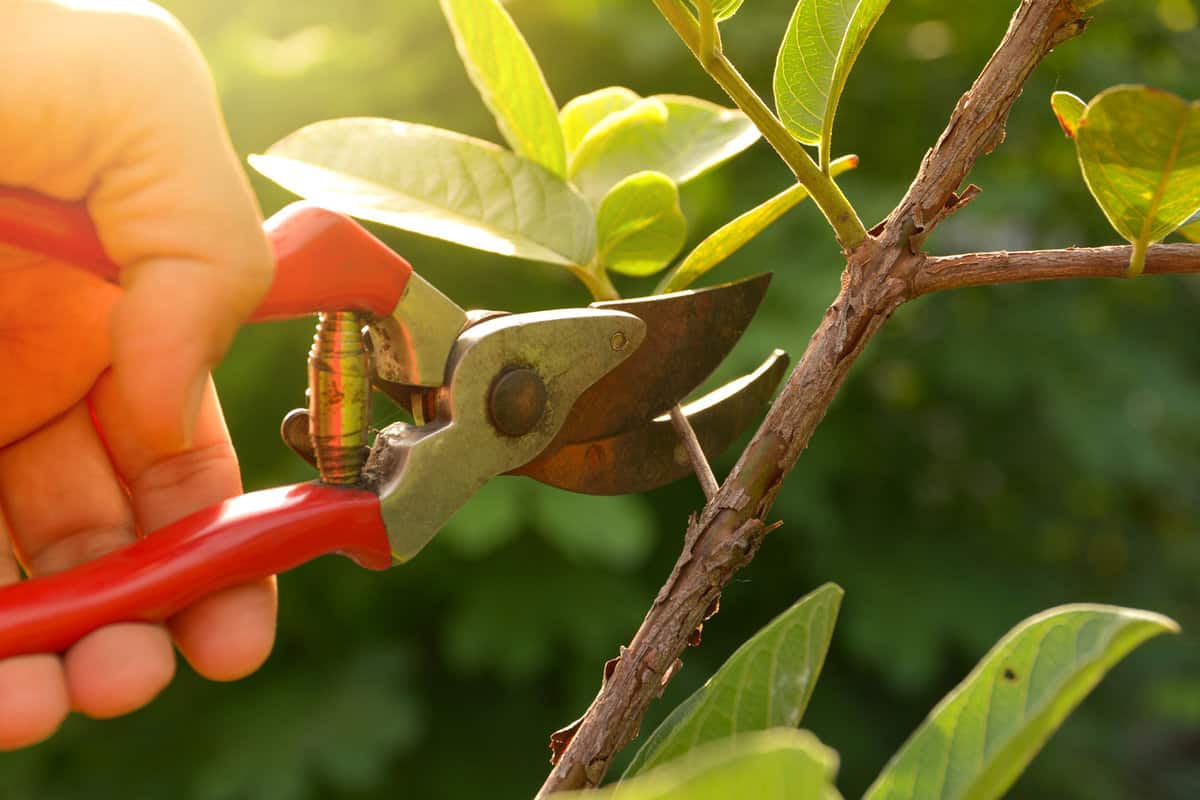
Pruning is necessary in order to successfully grow fruit, and it should be done annually to maintain the health of the tree as well as the quality of fruits it will be producing. Factors like fruit development, size, rate, and the absence of pests can all be positively influenced by the proper practice of pruning.
When purchasing a mature fruit tree, make sure to properly assess the current situation of the plant you want to buy. Properly pruned trees are stronger, sturdier, and much less susceptible to developing pests or diseases. Below are some of the benefits you can get if you purchase a properly pruned fruit tree.
Healthy Fruit Tree
Pruning is done to remove any weak or insect-infested branches of a tree. When pruning, infected stems and branches are cleanly cut and disposed of in order to prevent any disease from contaminating the rest of the tree.
A properly pruned tree will most likely be healthy and will have no pests or diseases that can negatively affect you or the rest of the plants in your home orchard.
Fruit Tree With Maximized Photosynthesis
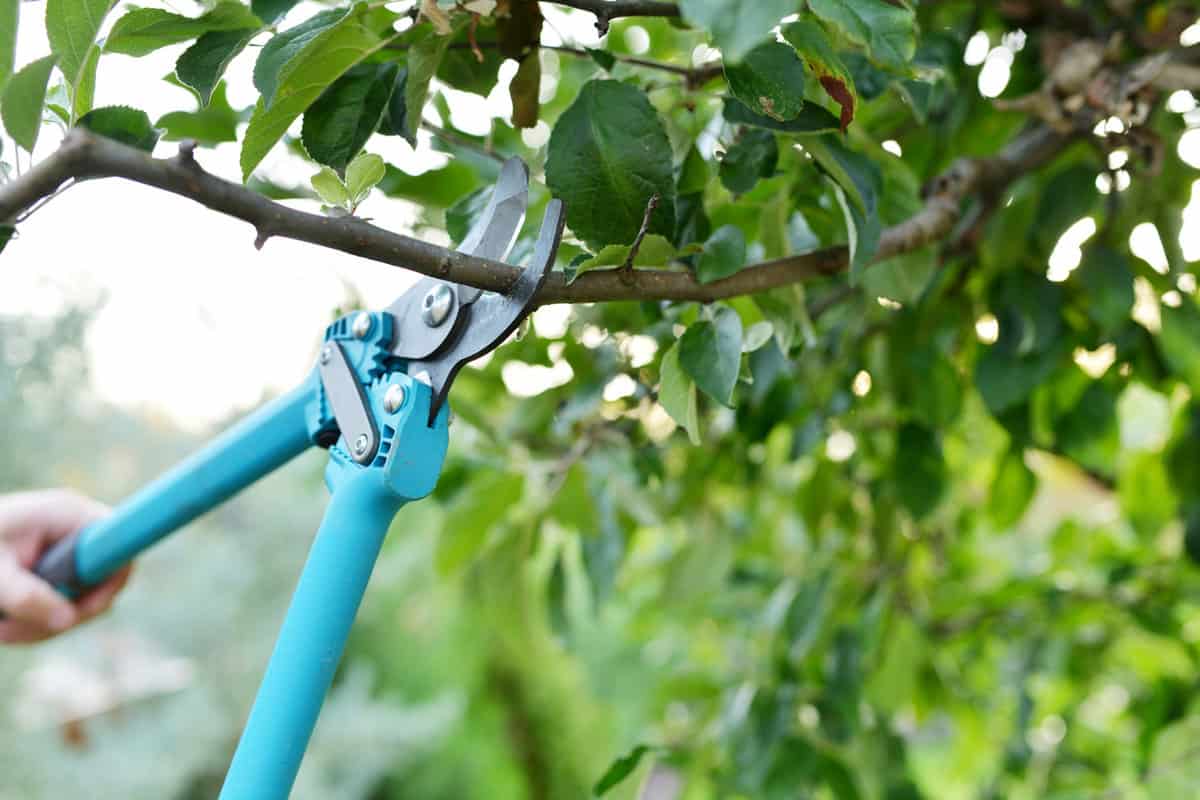
The practice of pruning involves removing unnecessary branches that can otherwise simply hoard the sunlight that should have been evenly distributed to all parts of the tree.
With proper pruning, the removal of these nonessential branches will maximize the tree's photosynthesis by allowing the sunlight to reach a much higher population of leaves.
Sturdy Fruit Tree
Tree branches that have a 45-60° angle from the tree trunk are better capable of holding the weight of growing fruits.
Because of this, tree branches that have a narrower angle are pruned in order to reserve the plant nutrients for the branches with a 45-60° angle. As a result, the tree is left with only the sturdiest branches that can support the weight of growing fruits.
Fruit Tree With Better Air Circulation
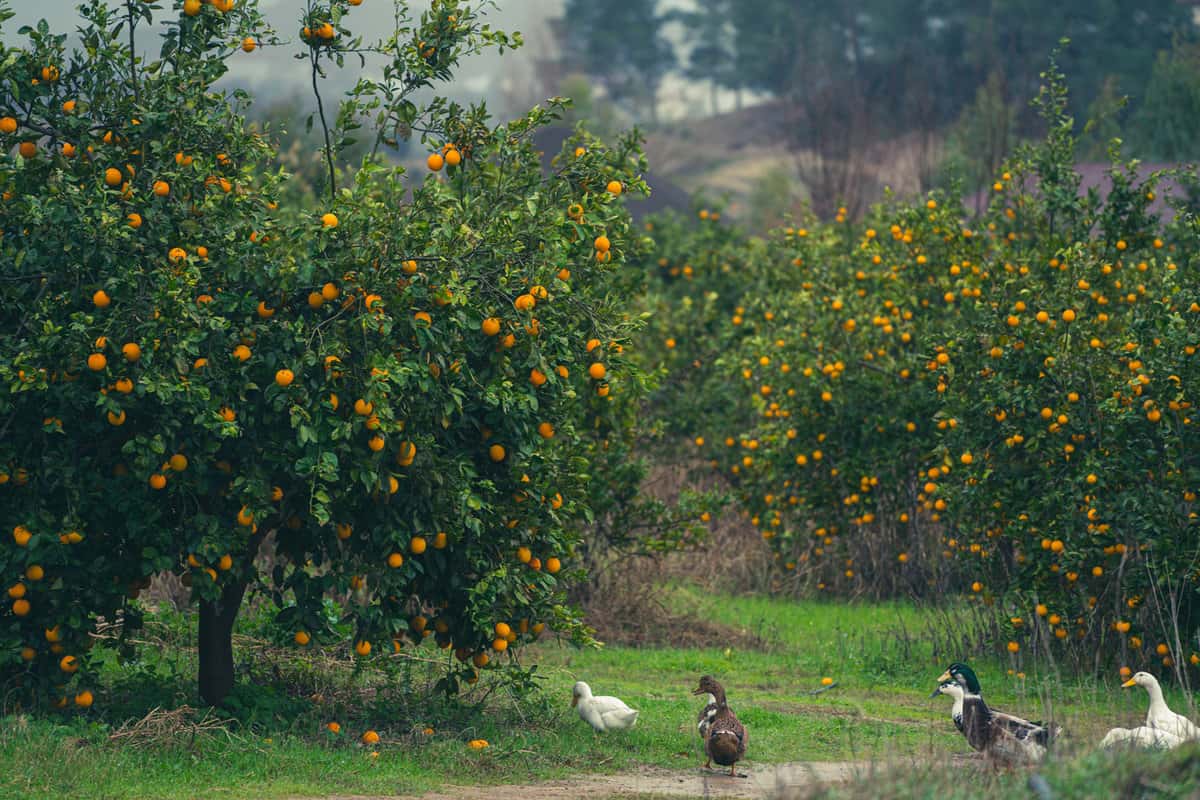
Since pruning removes excess branches, it reduces the chances of overcrowding in the tree. A tree with an adequate number of branches will allow better air circulation, as well as provide easier access to its innermost branches for protective products.
A fruit tree with better air circulation will also reduce the humidity around the branches, which can be harmful to both the tree and the roots in exorbitant amounts.
Why Should I Buy A Trained Fruit Tree?
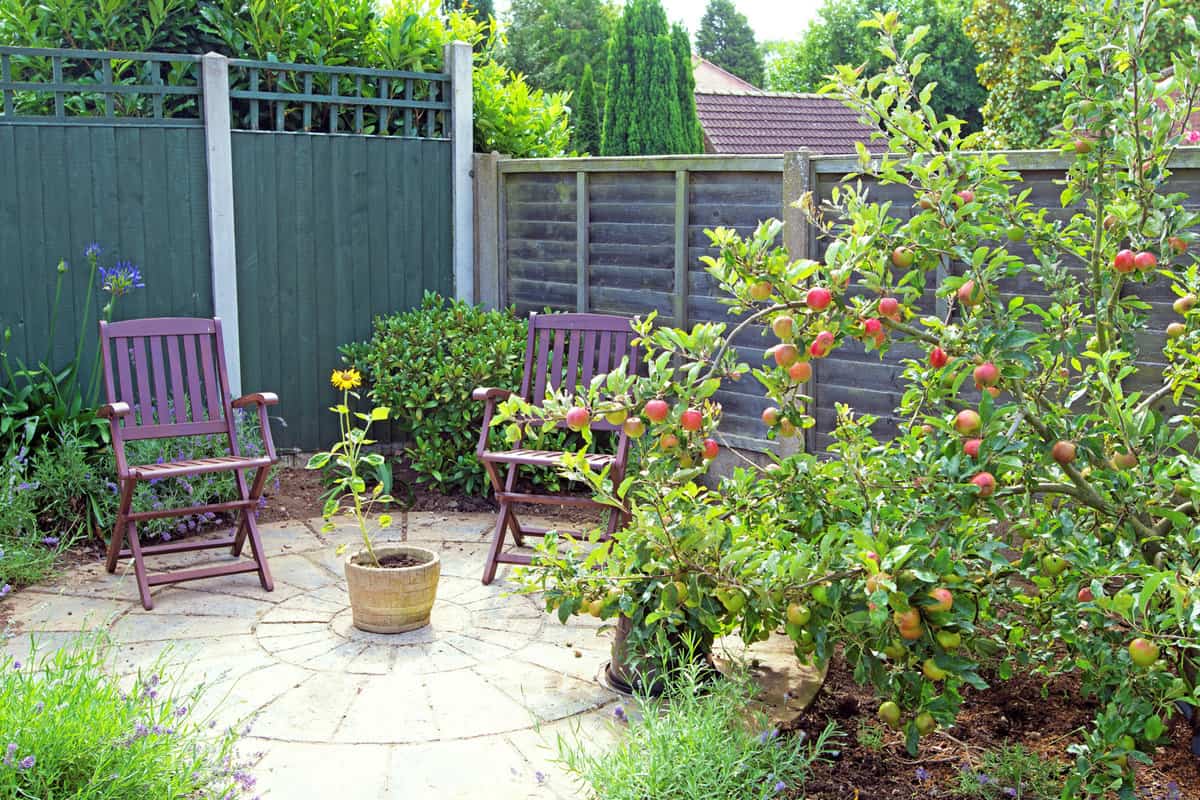
A properly trained fruit tree will support the successful growth of fruit. The process of training trees involves guiding the branches to their optimal form by allowing an external force to influence the shape and structure of the branches.
Training can positively affect the tree's health and the number of fruits it will produce. It is also important for fruit trees to be trained the very day they are planted because delayed training, especially hindered by years, can sometimes result in slow growth and delayed fruiting.
When purchasing a fruit tree, one thing to make certain is that the plant should have been trained from the sapling stage.
This will ensure you that the tree you'll be purchasing will have branches that have been adjusted to an angle where it can support vegetative growth the most. Below are some of the benefits you might reap when you choose to purchase a tree that had been trained.
Fruit Tree With A Manageable Size
Untrained fruit trees will most likely grow in their natural habit, which will be harder to maintain especially if you are a home gardener with a small orchard. A trained fruit tree is guided in a manageable size to allow it to match your other home garden trees while still producing fruit.

Aesthetically-Pleasing Fruit Tree
Just as we discussed before, fruit trees should be trained from their sapling stage to allow easier manipulation of the branch growth. It is important to note that not only does training result in the branches' optimal growth, but it will also influence the tree's overall look.
Tree training allows a plant to grow in aesthetically pleasing shapes and can be installed in your garden as the centerpiece.
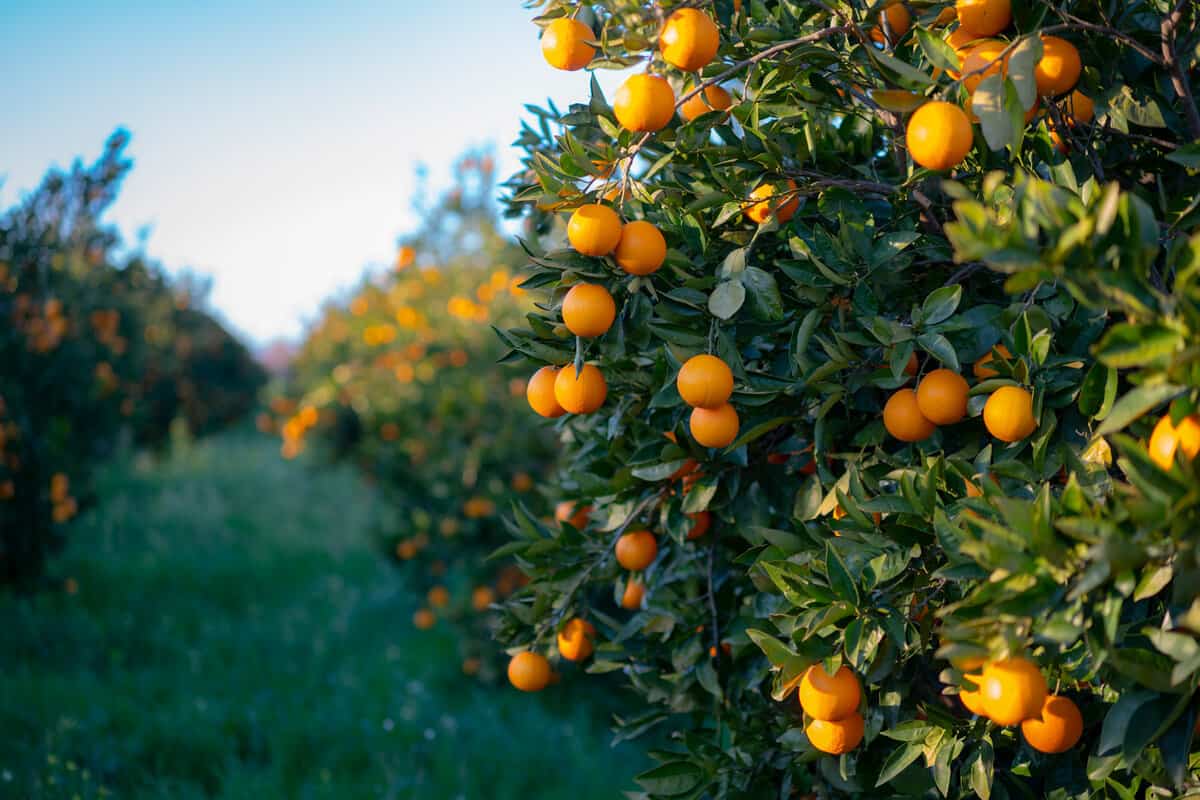
Why Isn't My Fruit Tree Producing Any Fruit?
Sometimes, fruit trees will not bear fruit if they have not been provided with their required living conditions. Other times, they can produce flowers but no fruit, or small-sized fruits that do not ripen.
An unproductive fruiting season is generally a sign that something has affected the health or the environment of your fruit tree.
To nurse your fruit tree back into its optimal state, you need to carefully assess the condition of your fruit tree so that you can provide the appropriate care it requires. Below are a couple of common fruit tree problems and their corresponding recommended solutions.
Pruning Negligence
Pruning should be carefully done with enough assessment and planning. Simply cutting off random branches from a tree will not necessarily result in a good outcome.
Often, pruning without much care can injure the tree or cause even more complicated problems like pest infestations or developing a disease.
While excessive over-pruning for a prolonged period can cause your plant to die, you can still save a recently over-pruned tree by grafting a healthy branch next to the pruning wound. To properly prune, only cut off the dead, dry, and infested branches of a tree.

Pest Infestation
Common to all gardens, pests can damage the overall health of a plant. If a fruit tree's health is compromised, it will negatively affect the plant's reproductive capabilities, resulting in little to no fruits to harvest.
To save a fruit tree from pest infestation, you can choose to give the foliage a water shower regularly. Focus on the inner parts of the branches when showering the tree in order to wash away the little pests that may be hiding underneath the leaves.
You can also choose to use a pesticide and apply it to the tree, making sure that it is organic so as to not affect the edibility of the fruits it will produce.
Biennial Bearing
If your fruit tree had grown an abundant amount of produce one year and then failed to bear any fruits the next, then it could be a result of biennial bearing.
Biennial bearing is a result of a fruit tree exhausting itself from producing a big amount of produce in one season. It is important to note that this behavior is not unusual and some fruit trees can experience this problem.
Fruit trees tend to perform the natural process called 'June Drop' to avoid biennial bearing. In this natural process, they drop excess fruits or even break off overweighted branches. You can choose to encourage this natural process by thinning out the fruit buds by hand in early spring
To Wrap Up
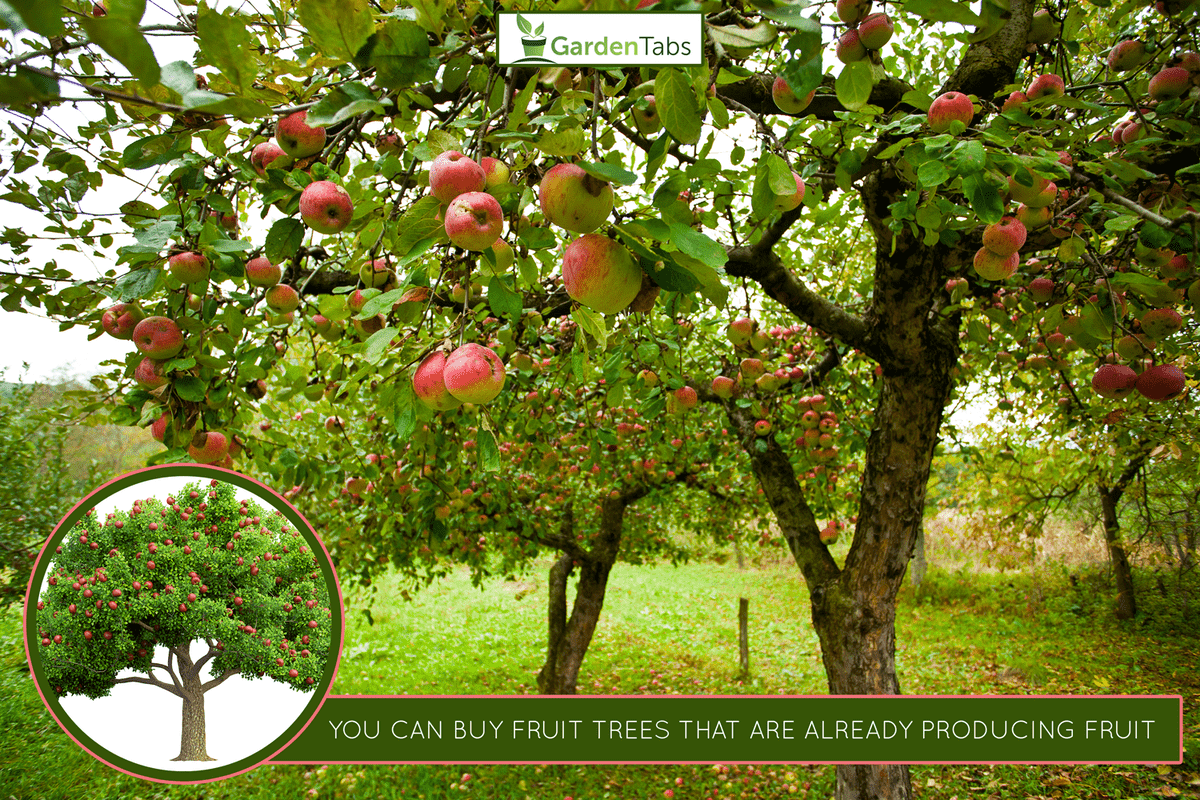
Mature fruit-bearing trees can be preferable to some home gardeners who do not want to wait many years before seeing their tree bear fruit. Mature fruit trees are also much simpler to maintain compared to a sapling.
In this article, we discussed the possibilities of purchasing a fruit tree that is already producing fruit, as well as the things you should look for when purchasing a mature fruit tree. Make sure to pick a fruit tree in its best possible condition so that you can enjoy its fruits for many years to come.
Made it to the end? Check out some of our other related posts!
